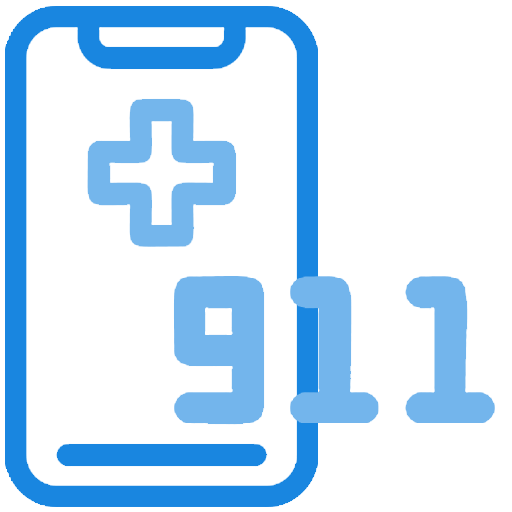ESIF is an open technical/operational forum to identify and resolve interconnection issues through the voluntary participation of interested parties. The interest of all members will be served by observing the principles of openness, fairness, consensus, and due process.
ESIF develops standards and other documentation for the interconnection of emergency services networks. ESIF will liaise with industry, governmental, standards, and public safety organizations to apprise them of its deliberations and decision, and ensure the proper coordination of activities. Discussion will be focused on the application of current and emerging technologies to maintain and support the interconnection of emergency services networks.
ESIF’s Emergency Services & Methodologies (ESM) Subcommittee addresses the following areas:
- Location test methodologies in support of the industry test bed – and other possible venues:
- Outdoor and indoor
- Horizontal and vertical
- Geodetic and civic
- Widescale and local deployment location solutions
- Context aware devices (real-user location testing)
- Morphology definitions for location test/monitoring regions.
- Guidance on weighting location data for assessing accuracy compliance.
- Best practices on the conveyance of location information – including supplemental information.
- Location accuracy improvements for emergency calls.
- Location based routing best practices.
ESIF Joint Standards Development
The ESIF Next Generation Emergency Services (NGES) Subcommittee is the lead for the IMS911 joint work effort, which addresses the next phase of defining the processing, transport, and/or delivery of Emergency Service calls within the NG9-1-1 network to the appropriate PSAP (ESIF Issue 81). This initiative is a joint effort with the Packet Technologies and Systems Committee (PTSC) and the Wireless Technologies and Systems Committee Systems and Network Subcommittee (WTSC SN). Issue 81 is a continuation of work previously completed by the ESIF NGES for defining the call processing, transport, and delivery of Emergency Service calls within the NG9-1-1 network (ESIF Issue 74). Click here for more information about the ESIF IMS911 joint standard work.
Wireless E9-1-1 Phase II Readiness Package©
The Wireless E9-1-1 Phase II Readiness Package is one of ESIF’s primary work products. Developed to supply PSAPs with a standard method for verifying readiness and providing carriers with complete information to speed implementation, the PSAP Readiness Checklist is part of a three-part package that also includes an introductory letter and instructions document and an Appendix.
Federal Telecommunications Service Priority Program (TSP)
PSAP Enrollment in the Federal Telecommunications Service Priority Program
PSAP Enrollment in the TSP Program FAQs
TSP Press Release
NENA
ESIF works closely with the National Emergency Number Association (NENA), which serves the public safety community by focusing on 9-1-1 policy, technology, operations, and education issues. A summary of the ESIF-NENA relationship can be found at ESIF-NENA Relationship and two diagrams depicting the relationship can be found at ESIF-NENA Relationship Diagrams.

